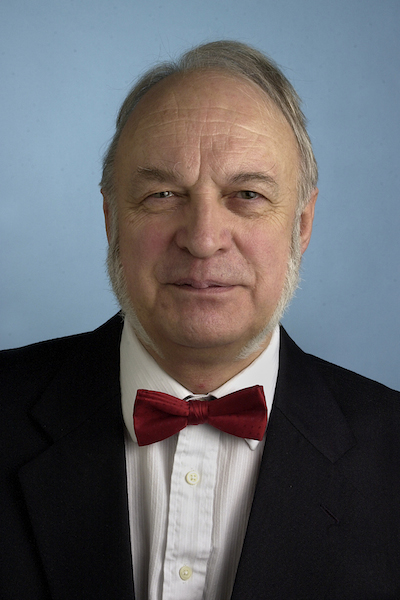Cambridge 7th to 9th September

Presenting Author:
Adrian Wright
<a.c.wright@reading.ac.uk>
article posted 17 Feb 2015
Adrian Wright
Before his early retirement at the end of 2007, Professor (Emeritus) Adrian Carl Wright was
Professor of Amorphous Solid-State Physics at the University of Reading (U.K.).
He received his B.Sc (Chemistry, 1965), Ph.D. (Physical Chemistry, 1970) and D.Sc. (1987) degrees
from the University of Bristol (U.K).
His research interests comprise neutron scattering and
modelling studies of the structure and dynamics of a wide range of inorganic glasses and other
amorphous solids, including silicate, borate, borosilicate, phosphate, chalcogenide, and
fluoroberyllate glasses. He has over 200 publications in the scientific literature, and is a
member of the American Ceramic Society Glass & Optical Materials Division.
Professor Wright has been the recipient of several honours and prizes, including Fellowship in 1995
of both the American Ceramic Society and the (British) Society of Glass Technology.
In 1990, he shared the Worshipful Company of Glass Sellers of London Award, and in 1996
received the American Ceramic Society Glass & Optical Materials Division George W. Morey Award
for his establishment of the field of Amorphography.
He also presented the 2006 Samuel R. Scholes Lecture
at the New York State College of Ceramics, and was made an Honorary Fellow of the Society of Glass Technology in 2009.
Most recently, he shared the 2012 Otto Schott Research Award, for "his lifelong outstanding scholarly work devoted to the experimental study of glass structure in general."
He was President of the Society of Glass Technology from 2002 to 2004, and has served on both the
Steering Committee and Council of the International Commission on Glass.
The 6th International Conference on Borate Glasses, Crystals & Melts
(Himeji, Japan, 18-22 August 2008) was held in his honour, and to mark his retirement.

A Thermodynamically-Based Structural Model for the Cationic
Conductivity and Mixed-Modifier Effect in Borate Glasses
Adrian Wright
University of Reading
J.J. Thomson Physical Laboratory, Whiteknights, Reading, RG6 6AF, U.K
Natalia Vedishcheva
Institute of Silicate Chemistry of the Russian Academy of Sciences,
Nab. Makarova 2, St. Petersburg, 199034, Russia.
Following a neutron diffraction study of six ternary di-pentaborate glasses, of composition M2O.M'2O.5B2O3 (M/M' = Li/Na, Li/Rb, Na/K, Na/Rb, Na/Cs, and Na/Ag), and an associated thermodynamic modelling study based on the model of associated solutions, a reformulated combination of the cluster-bypass and dynamic structure models has been developed to explain the (network-modifying) cationic conduction, and the mixed-modifier effect, in alkali and related borate glasses.
In this revised approach, the clusters of the cluster-bypass model are replaced by the (chemical) groupings that characterise the chemical structure of the glasses, and the network-modifying cation transport is via conduction pathways located in the interfacial/boundary regions that separate these groupings.
The proposed model can explain the rapid fall-off in the cationic conductivity on the initial introduction of the second network-modifying cation species, and the increasing magnitude of the conductivity depression with increasing total modifier content.
A comparison with the case of the corresponding silicate glasses indicates that the spatial distribution of the network-modifying cations in silicate glasses is more complicated than suggested by the well-known two-dimensional schematic diagram representing the modified random network theory.
